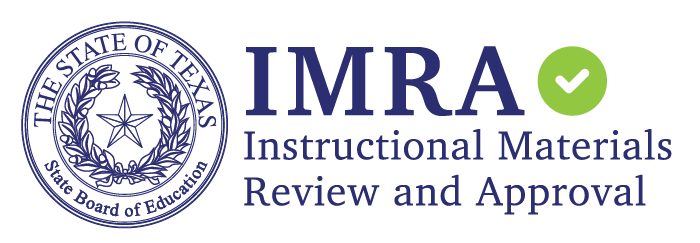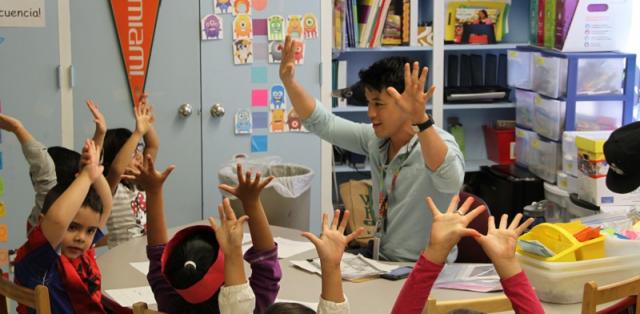- About
-
Reports
- See All Materials
-
-
Displaying grades with materials in the system
By Grade Band: - By Grade Level:
-
-
-
Displaying grades with materials in the system
By Grade Band: - By Grade Level:
-
-
-
Displaying grades with materials in the system
By Grade Band: - By Grade Level:
-
-
-
Displaying grades with materials in the system
By Grade Band: - By Grade Level:
-
- Rubrics
- Compare Materials
- Approved Materials
- Rejected Materials
- Site Support Help

